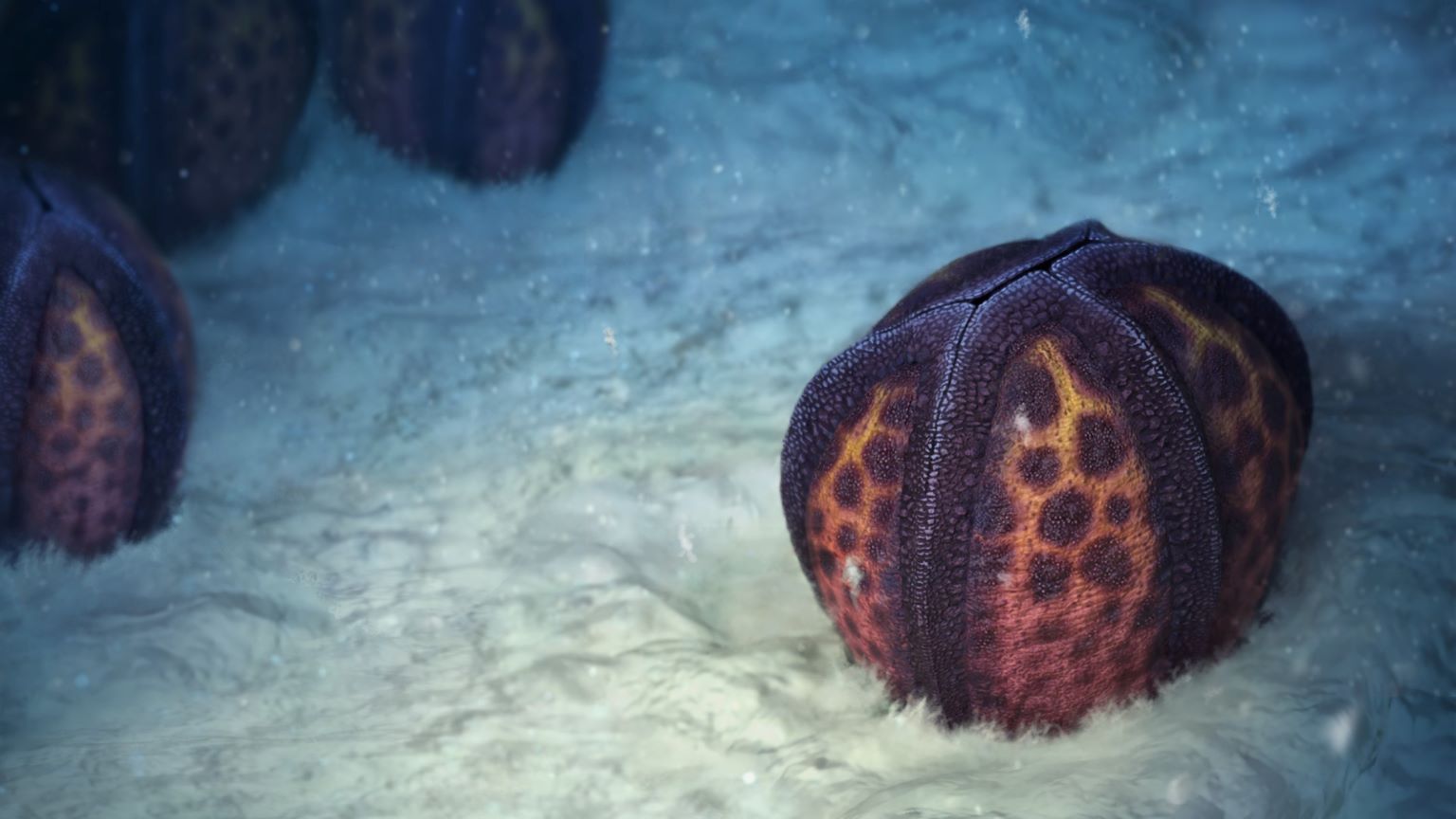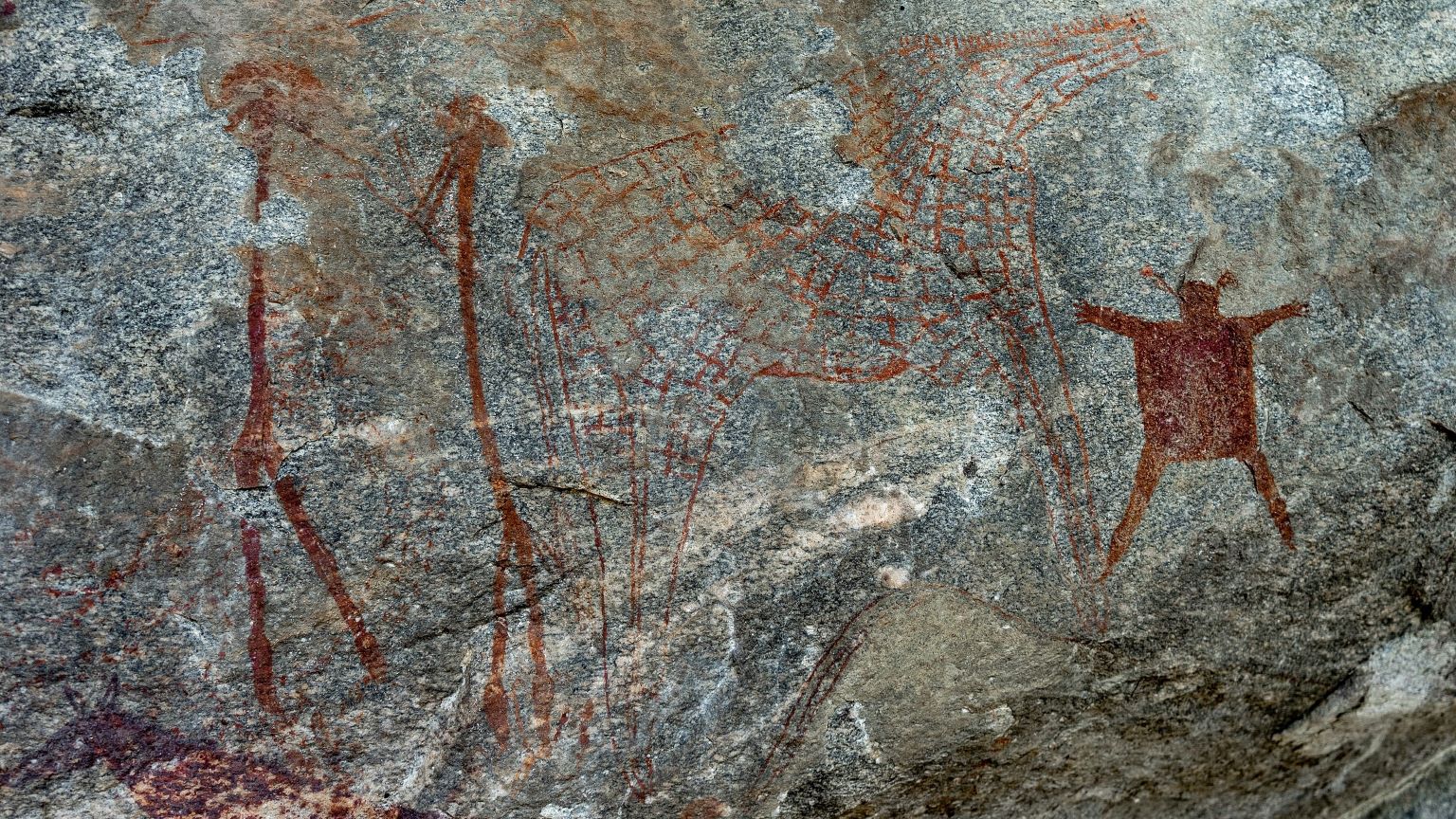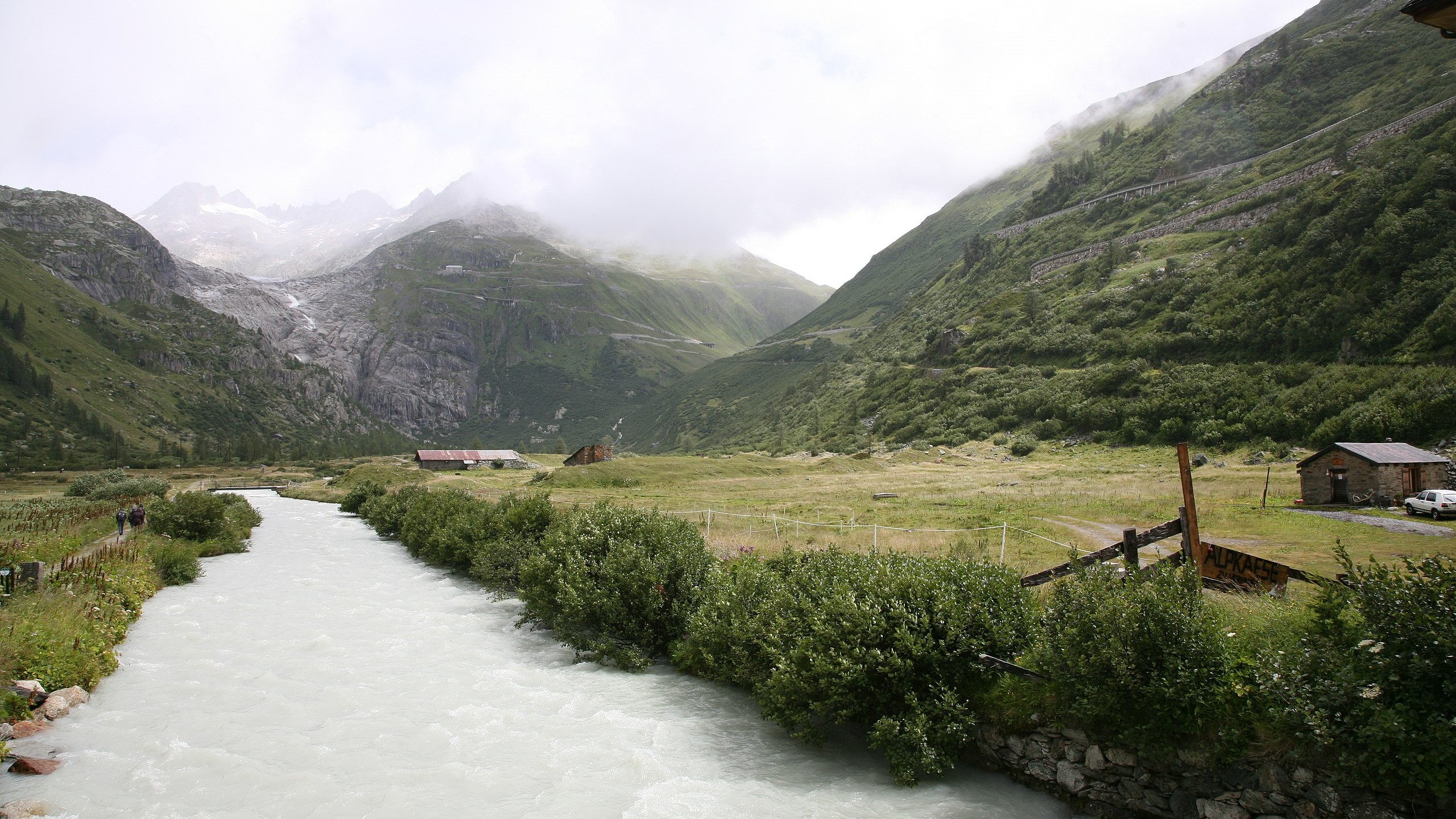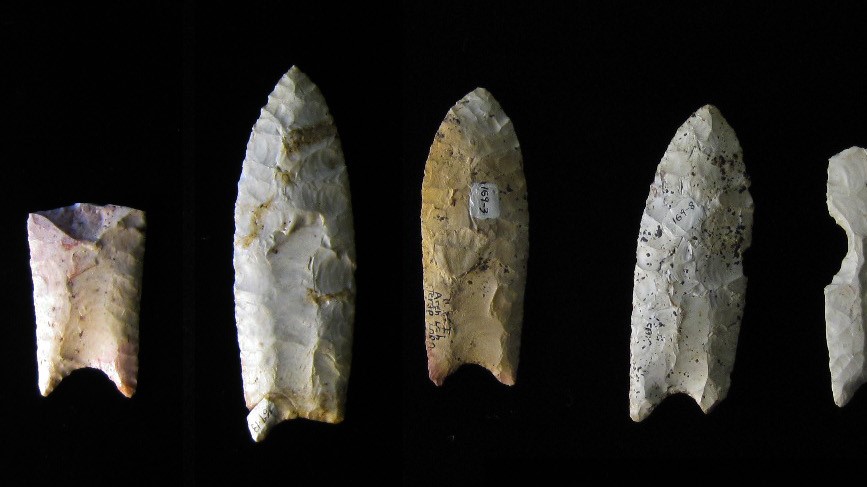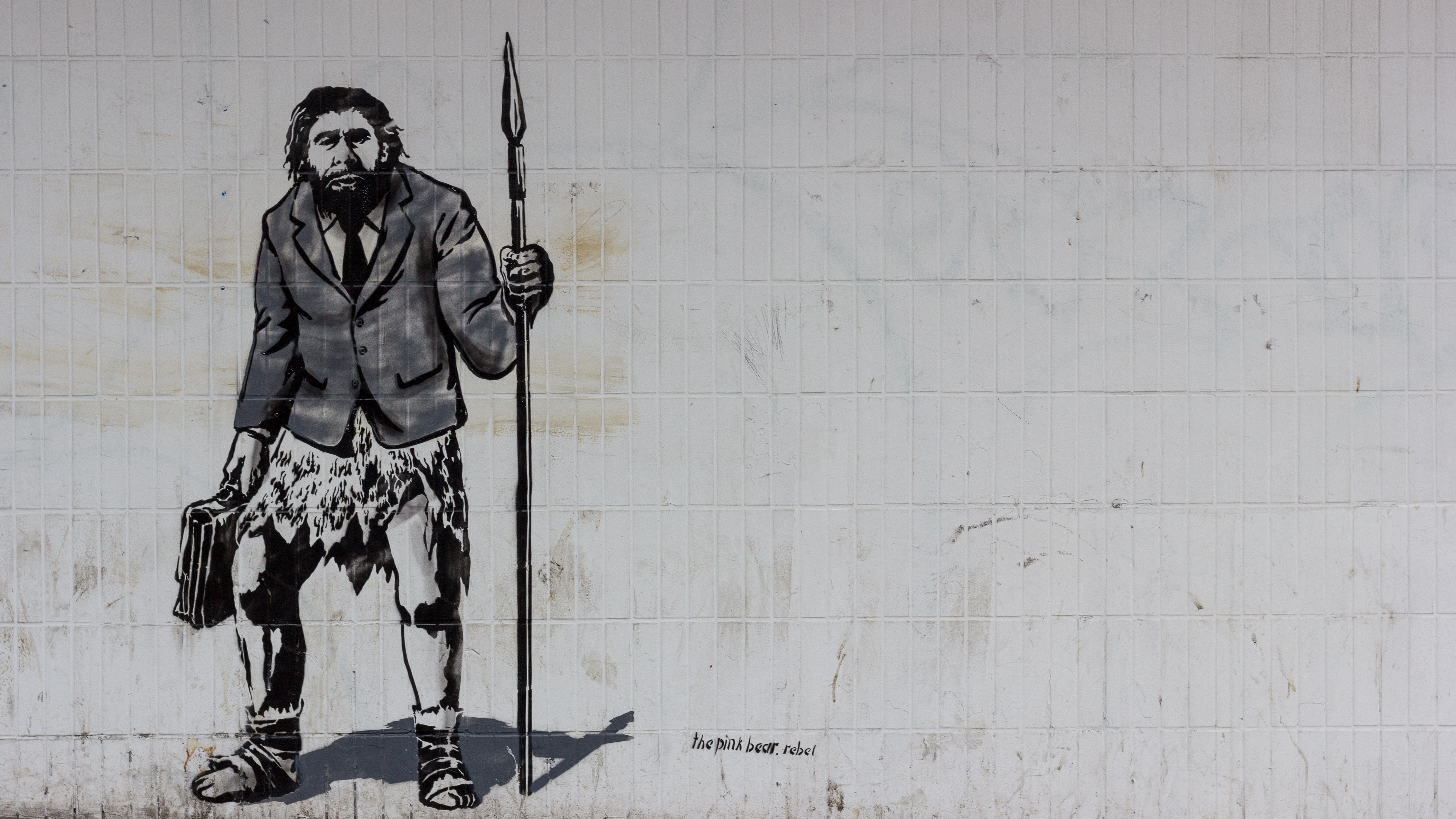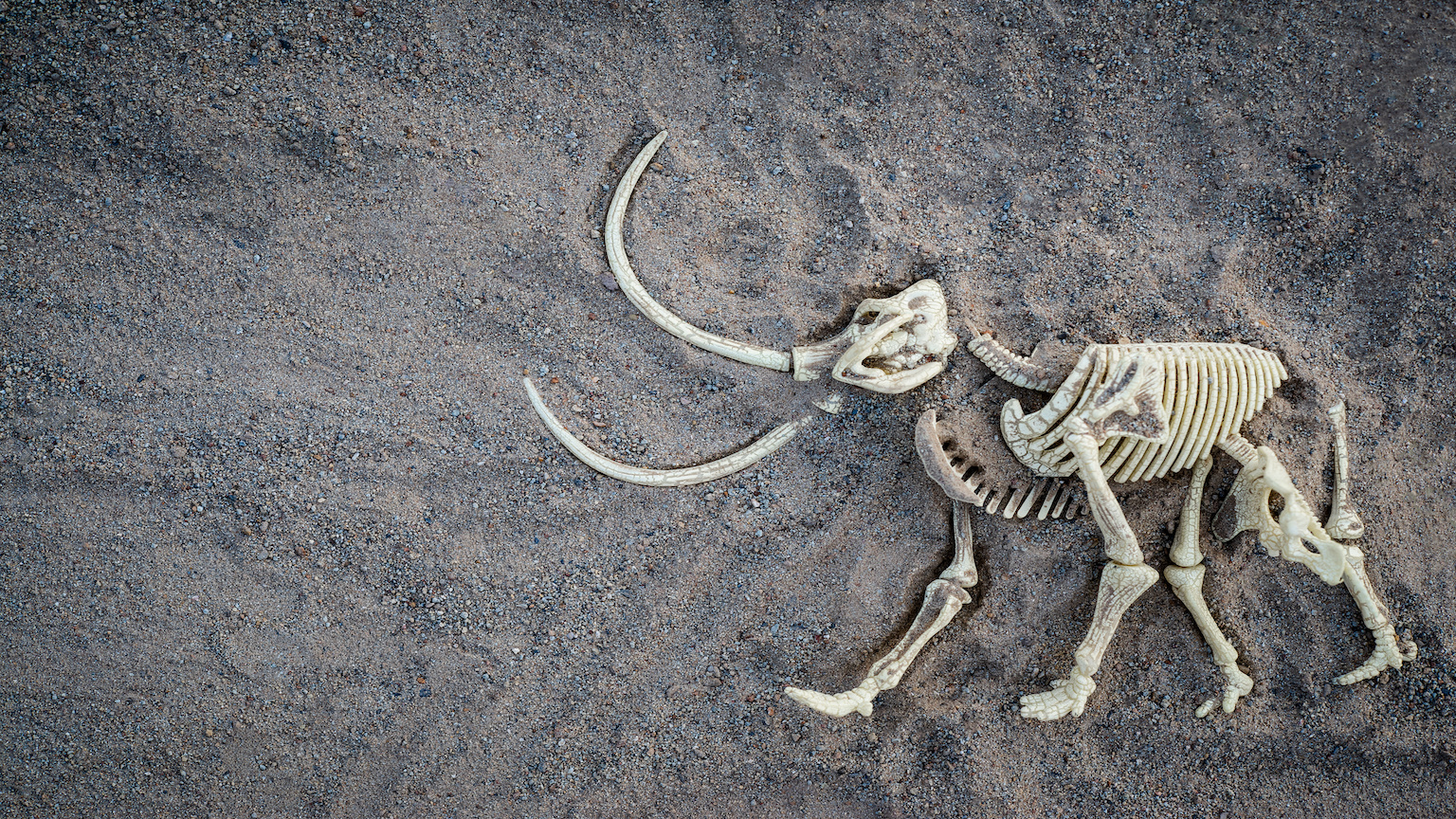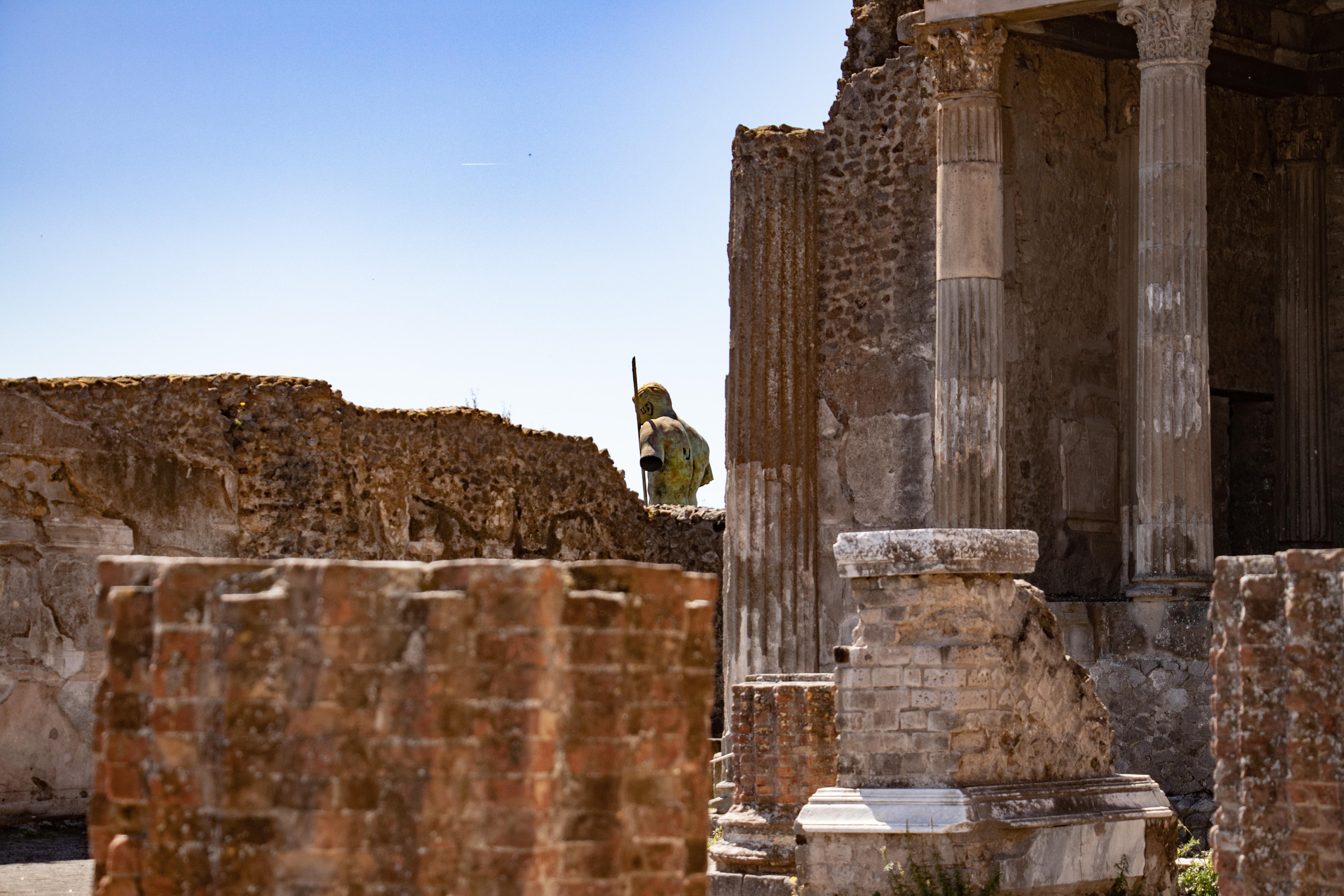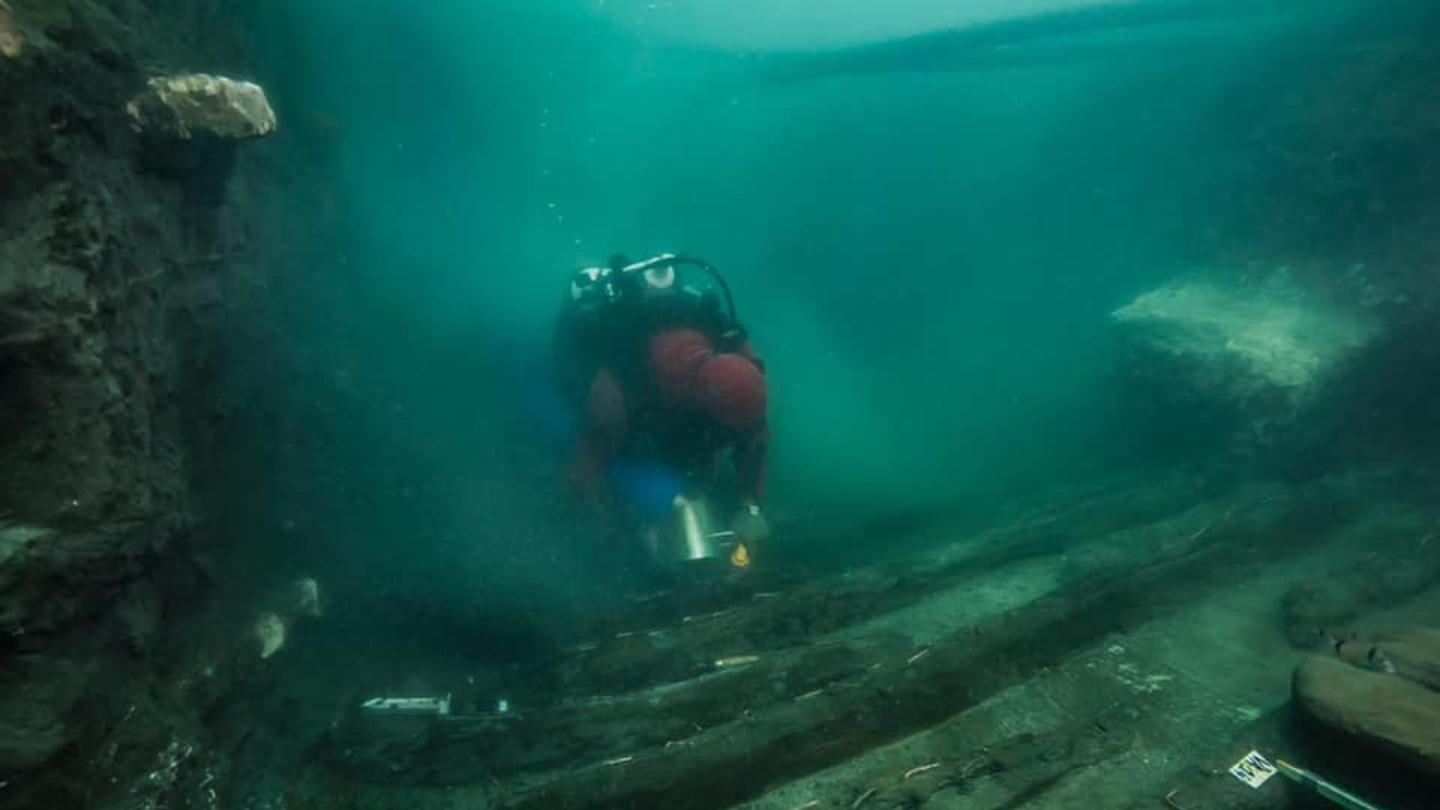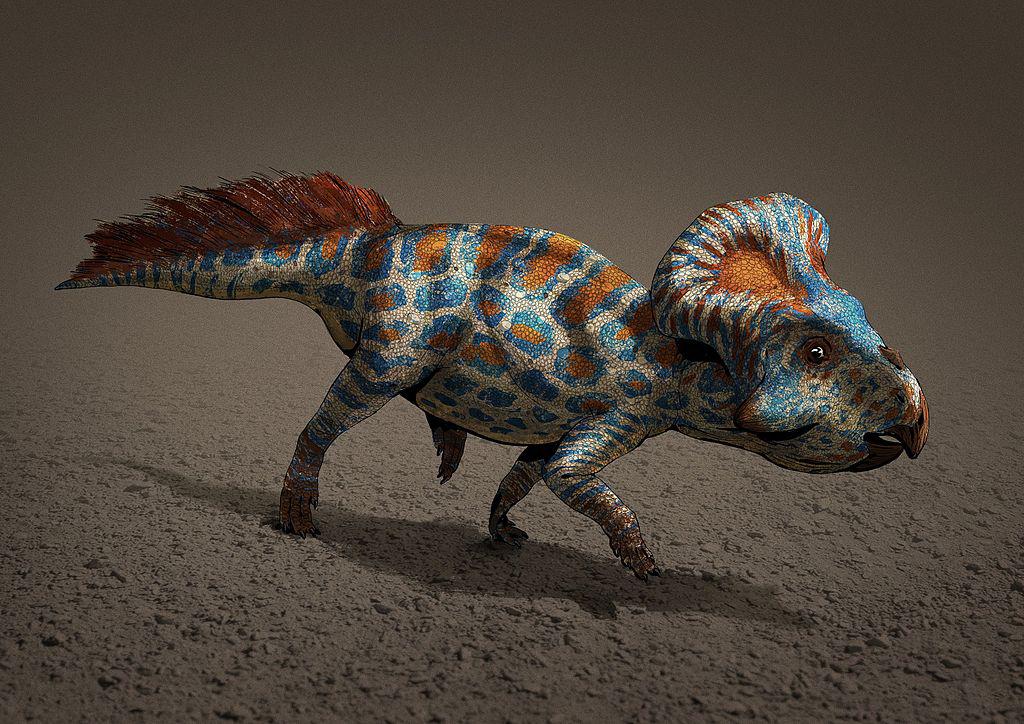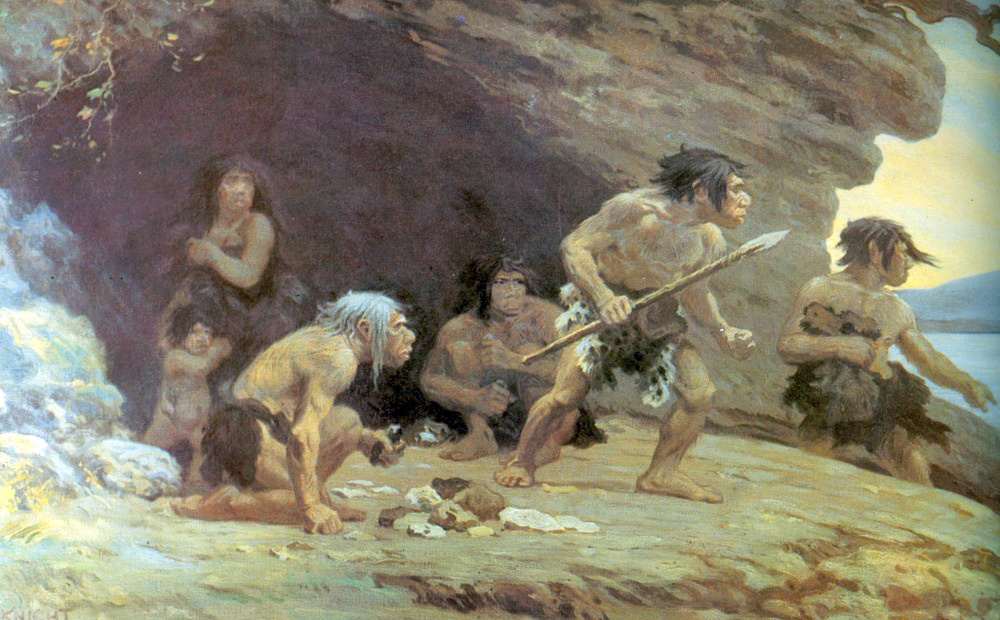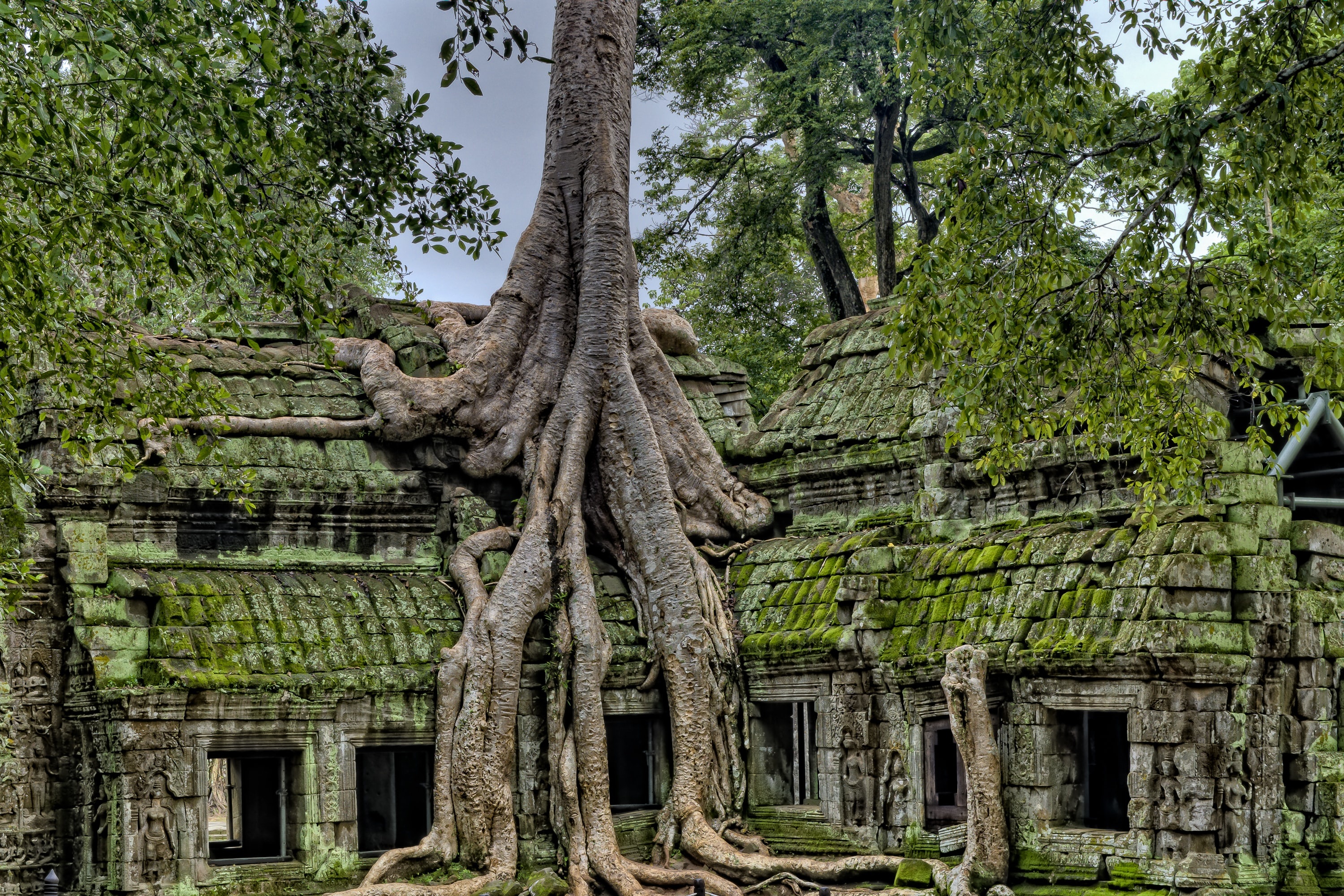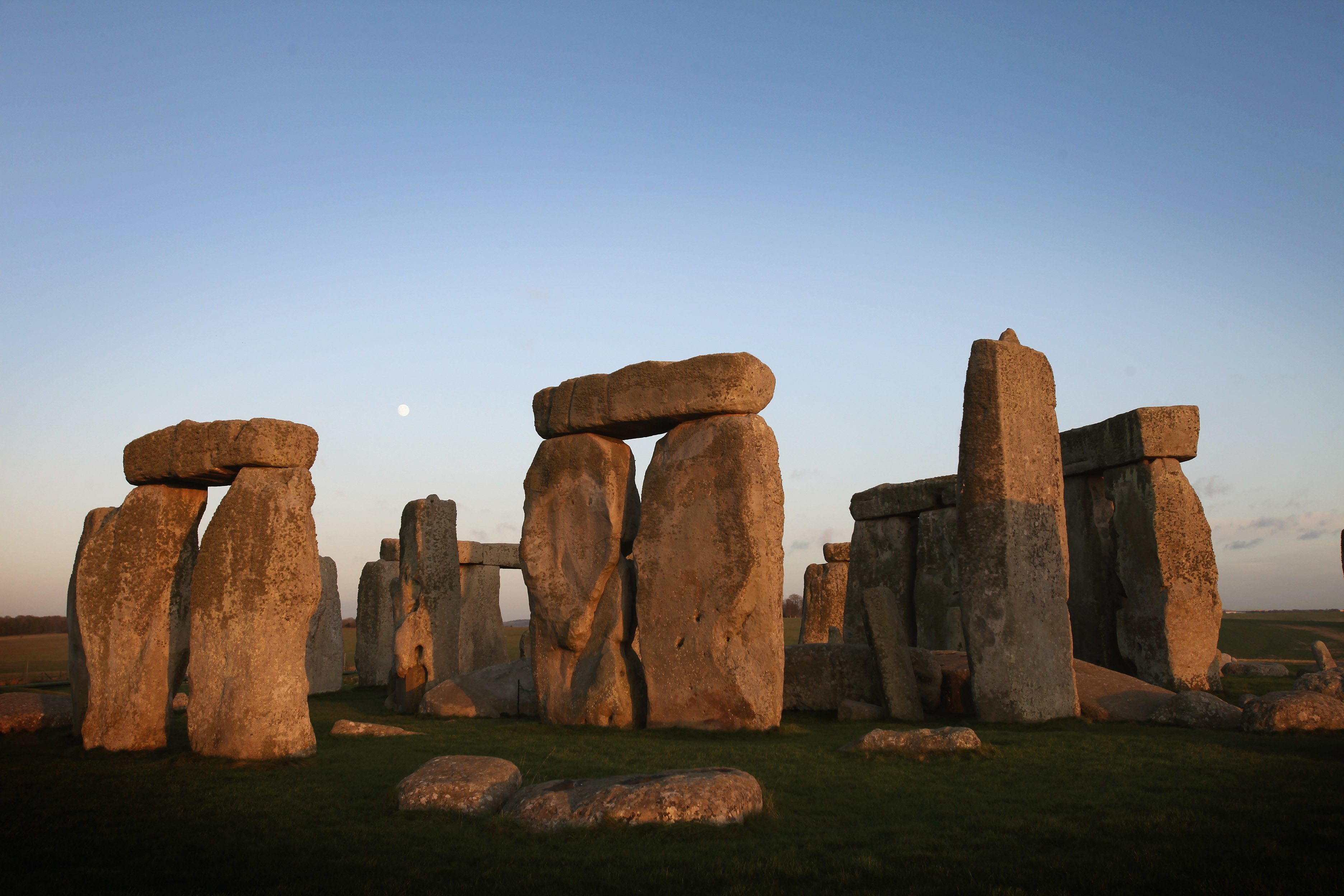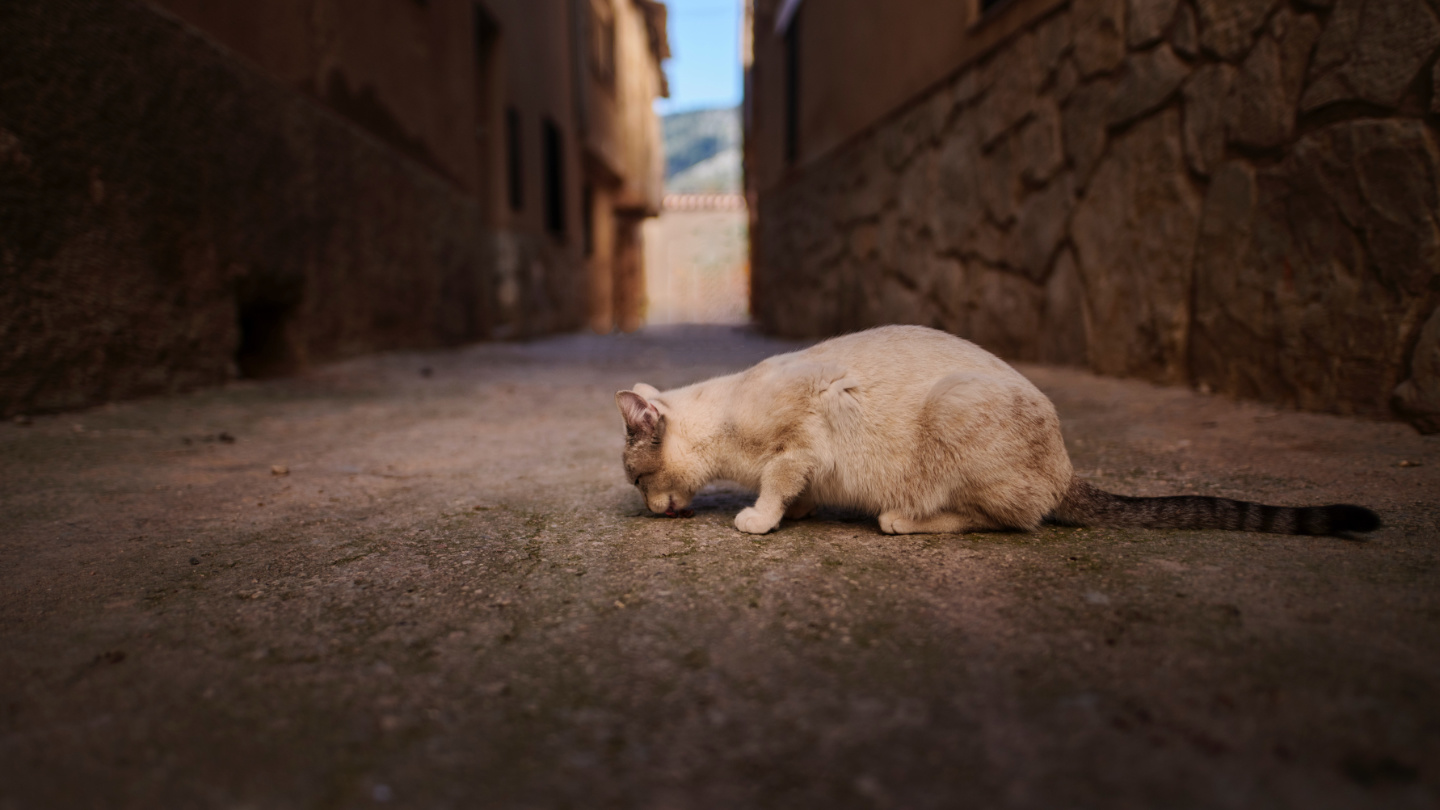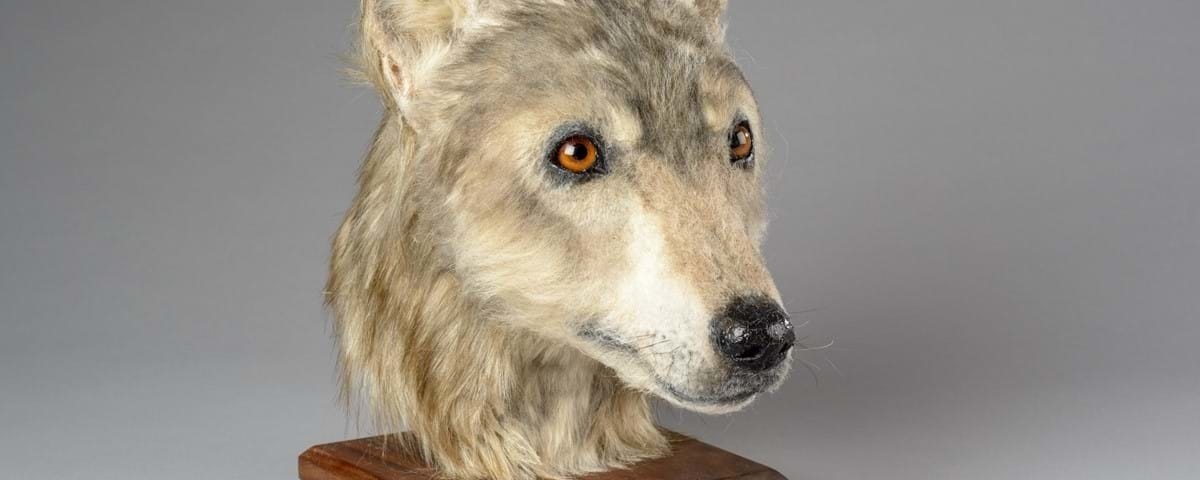archeology
Yorkicystis lived during the “Cambrian explosion,” 539 million to 485 million years ago – hundreds of million years before the dinosaurs.
As always, aDNA research raises as many questions as answers.
Was this a moment when humans interbred with Neanderthals?
Many key inventions were unique: one-offs.
It’s all well and good to discuss how our humanity evolved – but what even is humanity?
A biotech startup has received $15 million in funding to genetically recreate woolly mammoths and rewild them in Siberia.
Searching for happiness in the midst of personal or societal crises are nothing new.
Long before Alexandria became the center of Egyptian trade, there was Thônis-Heracleion. But then it sank.
The chariot survived ancient eruptions and modern-day looters to become a part of the world heritage site.
While other factors exist, sexual prowess appears to have helped determine the role of Protoceratops frills.
An archaeologist considers the history and biology of what defines a taste of home.
Map shows oldest buildings for each U.S. state – but also hints at what’s missing.
The Chumash people poked bits of psychoactive plants into cave ceilings next to their paintings.
In “The Immortality Key,” Brian Muraresku speculates that the Eucharist could have once been more colorful.
All the fun of opening up a mummy, without the fear of unleashing a plague.
To war is human – and Neanderthals were very like us.
Scientists have identified the largest ever assemblage of mammoth bones.
In fact, the maximum human lifespan has barely changed since we arrived.
Scientists have found evidence of hot springs near sites where ancient hominids settled, long before the control of fire.
The major temples seem much more interesting than what also appears on the landscape: apparently random mounds of earth.
Most of Stonehenge’s megaliths, called sarens, came from West Woods, Wiltshire.
Archaeologists suggest this may have been the Americas’ “oldest hotel.”
The discovery pushes back humanity’s history with domestication.
While building a new airport, construction crews uncover a gigantic collection of ancient bones.
Many of the bathrooms uncovered at Pompeii and elsewhere were communal.
Researchers confirmed that the mummy known as Takabuti died from a stab wound to the back.
The beads are made from red-deer teeth, sourced from 63 individual deer.
New research suggests that a healthy supply of locally-sourced beer helped maintain the unity of the widespread Wari civilization for about 500 years.
Here are 7 often-overlooked World Heritage Sites, each with its own history.
